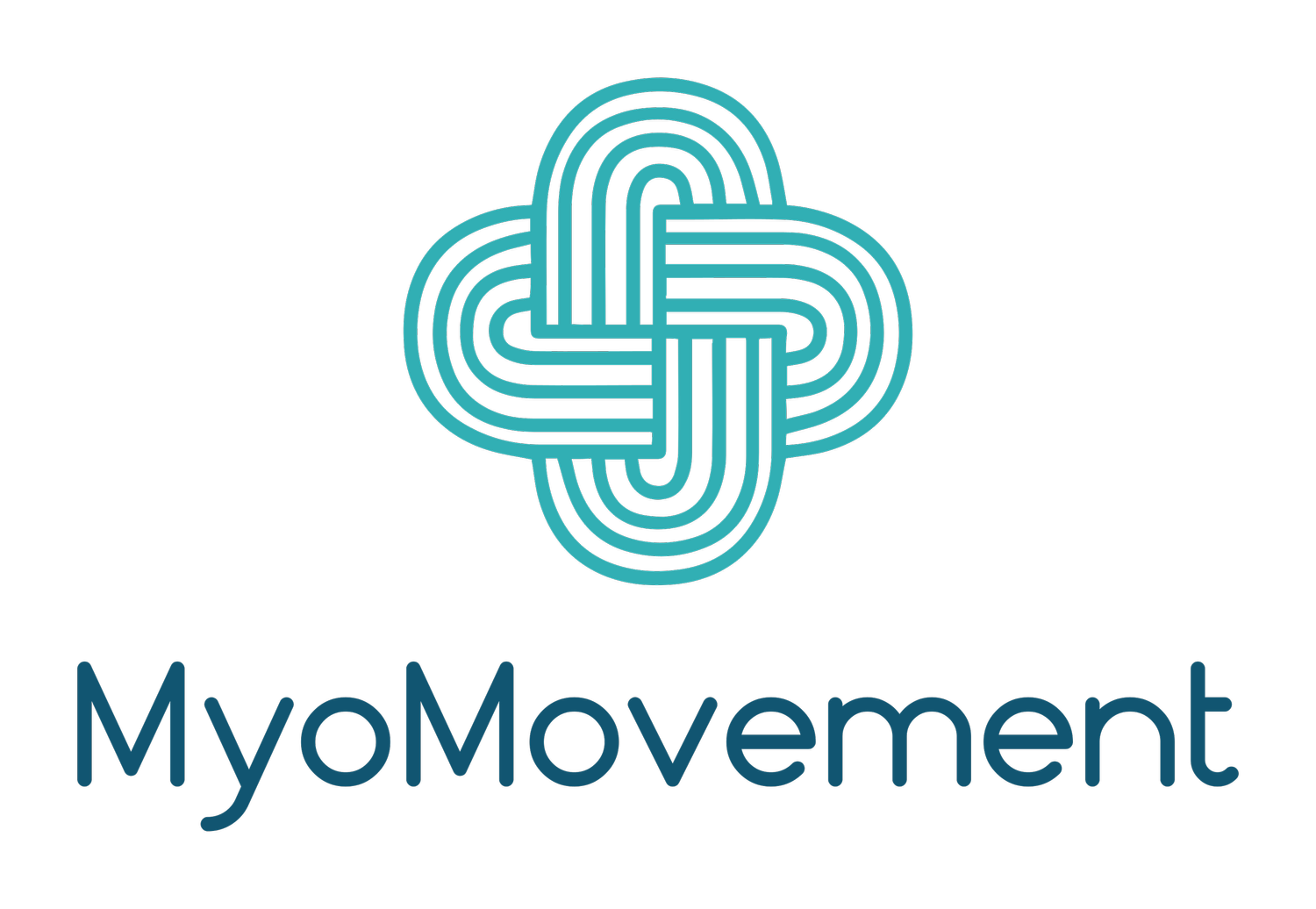Crossing the Path to Harmony: Myofunctional Therapy and Cross Bites
A cross bite is a dental misalignment where the upper and lower teeth do not properly meet when the jaws are closed. This condition can occur in various forms, including anterior cross bites (affecting front teeth) or posterior cross bites (involving back teeth). Traditional orthodontic treatments are often employed to address cross bites, but myofunctional therapy offers a unique and holistic approach that targets underlying muscle-related issues. In this blog post, we'll explore the connection between cross bites and myofunctional therapy, highlighting the potential of this specialized therapy in achieving effective and enduring corrections.
Understanding Cross Bites: Cross bites can lead to functional challenges, aesthetic concerns, and even jaw discomfort. They may result from genetic factors, abnormal jaw growth, or oral habits such as thumb-sucking or tongue thrusting. Regardless of the cause, addressing the underlying muscle issues is crucial for comprehensive cross bite correction.
The Role of Myofunctional Therapy: Myofunctional therapy focuses on retraining the muscles in the oral and facial area to achieve optimal function. For cross bite correction, the therapy addresses issues such as improper tongue posture, swallowing patterns, and oral habits that may contribute to the misalignment. By targeting these muscle-related factors, myofunctional therapy works in harmony with orthodontic treatments to achieve a balanced and well-aligned bite.
Tongue Posture and Cross Bite Correction: Correct tongue posture is essential for proper jaw development and alignment. Myofunctional therapy includes exercises to promote a balanced tongue posture, preventing habits like thrusting or resting the tongue against the teeth, which can contribute to or exacerbate cross bites.
Swallowing Patterns and Their Impact: Abnormal swallowing patterns, such as tongue thrusting during the swallow, can contribute to the development or persistence of cross bites. Myofunctional therapy addresses these patterns, helping individuals establish a more functional and coordinated swallow that supports cross bite correction.
Orthodontic Collaboration: Myofunctional therapy is often integrated into a collaborative treatment plan with orthodontists. This partnership ensures that both the dental misalignment and the underlying muscle-related issues are addressed comprehensively. Working together, myofunctional therapists and orthodontists can achieve more effective and lasting results.
Preventing Relapse: One of the unique benefits of myofunctional therapy is its role in preventing relapse. By addressing the muscle-related factors contributing to the cross bite, myofunctional therapy contributes to the stability of orthodontic outcomes, reducing the risk of the cross bite returning after treatment.
Patient Empowerment and Compliance: Myofunctional therapy involves patient education and empowerment. Individuals undergoing myofunctional therapy learn exercises and habits that promote optimal oral function. This empowerment fosters a sense of responsibility for their oral health, contributing to the success and longevity of cross bite correction.
Myofunctional therapy stands as a valuable ally in the journey to correct cross bites. By addressing the underlying muscle-related issues that contribute to the misalignment, myofunctional therapy complements orthodontic treatments, fostering a harmonious and balanced bite. Embrace the potential of myofunctional therapy on the path to achieving a healthier, more functional, and beautifully aligned smile.

